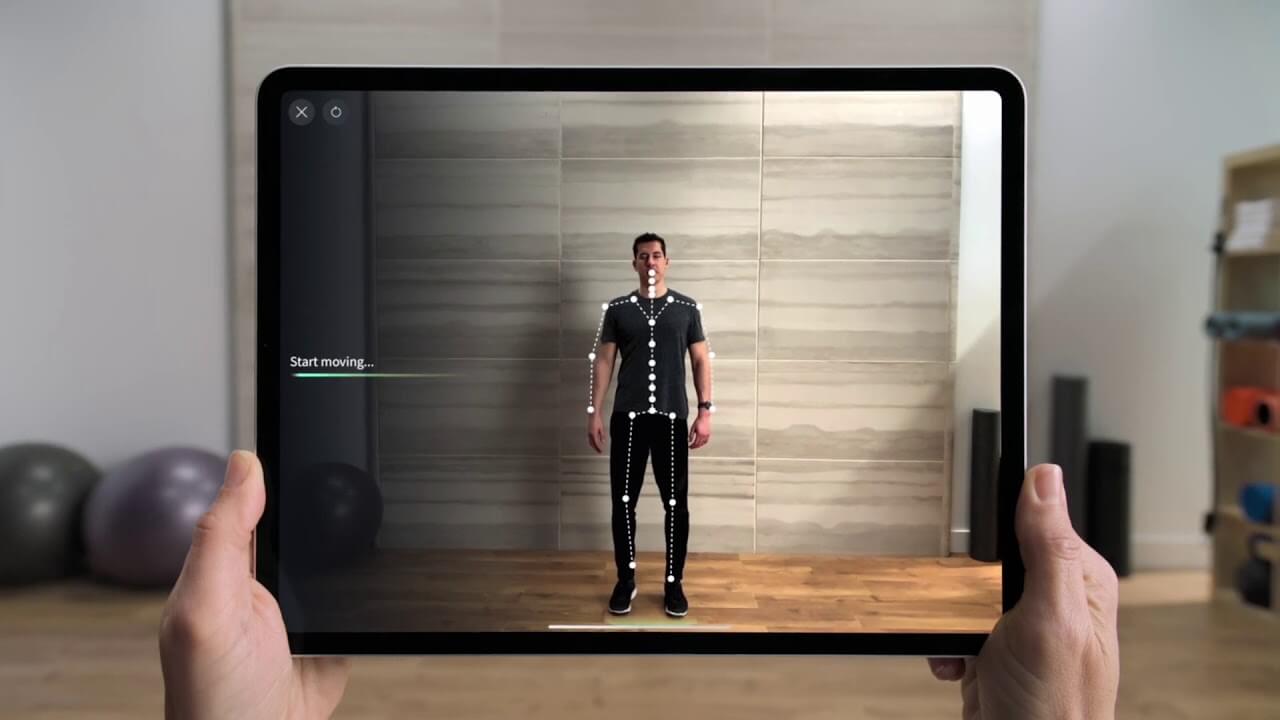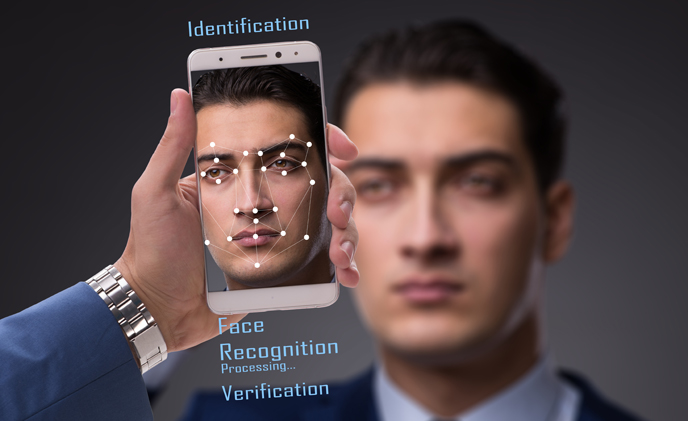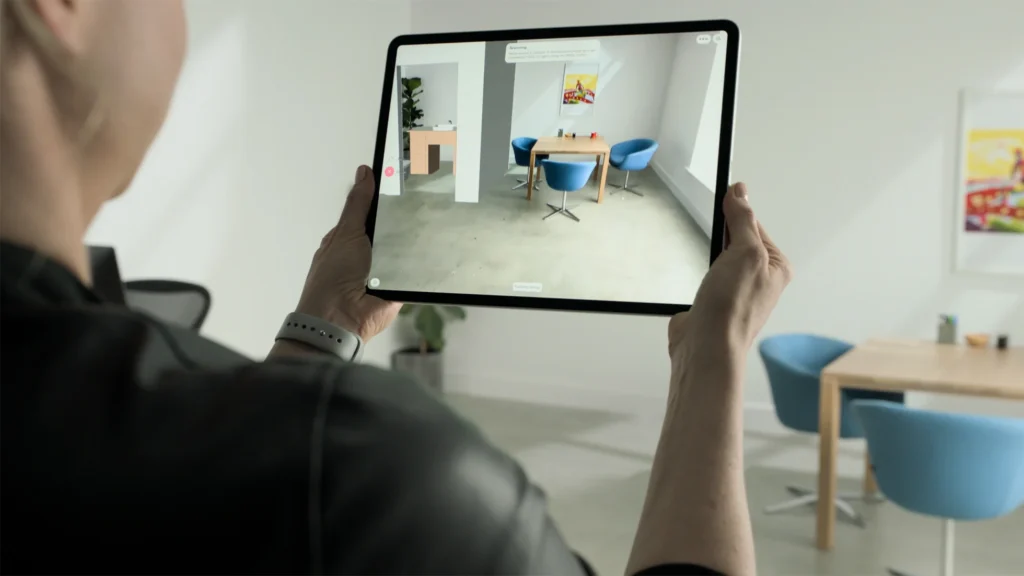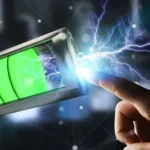Unlock professional-grade 3D Models scanning right in your pocket—from architects to hobbyists, discover how you can transform reality into high-fidelity digital assets with just your phone.

Why You Need a LiDAR Scanner App on Your Smartphone
You’re juggling tight deadlines, limited budgets, and the need for pinpoint accuracy—whether you’re
- an architect visualizing a renovation,
- a game developer crafting realistic assets,
- or a DIY enthusiast preserving family heirlooms.
A LiDAR Scanner App turns your iPhone or Android device into a powerful, portable 3D Models scanner, so you can:
- Capture realities instantly—no bulky hardware needed.
- Export in industry formats like OBJ, STL, GLTF.
- Share or integrate models into CAD, Unity, Unreal, or 3D printing pipelines.
Throughout this guide, you’ll learn:
- How to choose the right app for your needs
- Which top apps deliver professional results
- A side-by-side comparison table for quick decision-making
- Actionable tips to get flawless scans every time
- Frequently Asked Questions to clear up any lingering doubts
Ready? Let’s dive in.
How LiDAR Scanning Works—and Why It’s a Game Changer
LiDAR (Light Detection and Ranging) uses laser pulses to measure distances to surfaces, creating a precise “point cloud.” Compared to pure photogrammetry, LiDAR delivers:
- Real-time depth sensing—scan complex geometries without stitching errors.
- Indoor/outdoor versatility—works under varied lighting conditions.
- Instant feedback—see scan quality as you move, so you never miss a spot.
In smartphones, LiDAR modules (found on recent iPhone Pro/Pro Max and select Android flagships) combine with software to:
- Emit infrared pulses.
- Measure return times to compute depth.
- Merge color data from the RGB camera for texture.
The result? A fully textured 3D Models mesh you can refine, measure, and share.
Key Criteria for Picking Your LiDAR Scanner App
Before we explore the top apps, use these bullet-point criteria to guide your choice:
- Platform compatibility (iOS vs. Android vs. cross-platform)
- Pricing model (free tiers, subscriptions, enterprise licensing)
- Capture modes (object only, spatial/room, floorplans)
- Export formats (OBJ, STL, GLTF, USDZ, PLY, LAS, etc.)
- On-device vs. cloud processing (speed vs. privacy)
- Advanced tools (AI masking, measurement tools, floorplan generation)
- User interface (ease-of-use versus granular control)
Top 6 LiDAR Scanner Apps for Smartphone 3D Models
Below are the highest-performing LiDAR scanning apps on the market, each excelling in different use cases:
1. Polycam – Best for All-Around Pro Workflows
- Platform: iOS & Android (poly.cam)
- Pricing:
- Free: 20 object captures/month, GLTF export, web-sharing
- Pro ($17/mo billed annually): Unlimited captures, 12+ export formats, 2D floorplans & measurements
- Business: Custom enterprise plans
- Standout Features:
- AI-powered object masking
- Photogrammetry and LiDAR hybrid capture
- Drone 3D mapping support
- Why You’ll Love It: Seamlessly switch between object, spatial, and aerial captures—all in one interface.
2. RealityScan Mobile – Best Free Photogrammetry Hybrid
- Platform: iOS (requires iOS 16+) (Apple)
- Pricing: Completely free; cloud-based processing
- Standout Features:
- AR-guided photogrammetry
- Direct upload to Sketchfab
- High-poly meshes (up to 1M tris with 8K textures)
- Why You’ll Love It: No Pro tier—get Megascans-quality models for free, perfect for game assets and AR.
3. 3D Models Scanner App (Laan Labs) – Best for Enterprise & White-Label
- Platform: iOS & Android (Apple, 3dscannerapp.com)
- Pricing:
- Free: Basic open-source app for personal use
- Professional/White-label: Custom branding & cloud services
- Enterprise: Fully integrated end-to-end solutions
- Standout Features:
- TrueDepth small-part scanning
- On-device photogrammetry & LiDAR fusion
- Unlimited exports (OBJ, GLTF, DXF, PLY, LAS, etc.)
- Why You’ll Love It: No limits on captures or exports—ideal for large-scale corporate deployments.
4. Scaniverse – Best for Gaussian Splatting & Map Sharing
- Platform: iOS & Android (Apple)
- Pricing: Totally free; fully on-device
- Standout Features:
- 3D Gaussian splatting for photoreal fidelity
- Global “Discover” map of public scans
- Unlimited, private, on-device processing
- Why You’ll Love It: Want the next-gen “splat” tech? Scaniverse’s Gaussian splats feel more life-like than polygons.
5. KIRI Engine – Best Affordable Photogrammetry
- Platform: iOS & Android (Creality Official Store)
- Pricing: Free download; three free exports/week, paid unlimited exports
- Standout Features:
- Colorized point clouds
- Export to OBJ, PLY, STL
- Real-time mesh preview
- Why You’ll Love It: Budget-friendly alternative if you don’t need LiDAR hardware.
6. Qlone – Best Accessory-Driven Scans

- Platform: iOS, Android, macOS (Wikipedia)
- Pricing: Free; in-app purchases for higher-res exports
- Standout Features:
- Uses a printed mat for scale accuracy
- Multi-device support, including watchOS
- Templates for AR Quick Look
- Why You’ll Love It: Simple setup—ideal for quick object scans with consistent scale.
Quick-Reference Comparison Table
| App Name | Platform | Free Tier | Pro Pricing | Export Formats | Unique Strength |
|---|---|---|---|---|---|
| Polycam | iOS & Android | Yes (20 scans) | $17/mo (annual) | GLTF, OBJ, STL, PLY, USDZ, LAS, more | Hybrid LiDAR + photogrammetry |
| RealityScan Mobile | iOS only | Free | n/a | OBJ, GLTF, USDZ (via Sketchfab upload) | High-poly cloud processing |
| 3D Scanner App | iOS & Android | Yes | Custom (contact sales) | OBJ, GLTF, STL, DXF, PLY, LAS, more | White-label & enterprise focus |
| Scaniverse | iOS & Android | Free | n/a | Gaussian splats, OBJ, PLY | On-device Gaussian splatting |
| KIRI Engine | iOS & Android | Yes (3 exports) | $X/export or sub | OBJ, PLY, STL | Affordable photogrammetry |
| Qlone | iOS, Android | Free | In-app upgrades | OBJ, STL, GLTF, USDZ | Mat-based scale accuracy |
Actionable Tips for Flawless 3D Models Scans
- Plan your scan path: Move in a spiral or flower-petal pattern to cover all angles. (Scaniverse)
- Mind the lighting: Even, diffuse light reduces shadows and noise.
- Use AI-masking: In Polycam Pro or RealityScan 2.0 to automatically isolate objects.
- Reprocess raw data: Scaniverse and Polycam allow you to tweak settings post-capture.
- Export strategically: Choose the smallest format for quick previews (GLTF/GLB) and higher fidelity (OBJ/STL) for detailed work.
Frequently Asked Questions
Q1: Which app is best for capturing entire rooms?
Polycam’s Spatial mode or Scaniverse’s Gaussian splatting shine for large interior scans—both give you floorplans and measurements.
Q2: Do I need an internet connection?
• Polycam Free/Pro: On-device capture, but Pro features require cloud export.
• RealityScan: Cloud processing—requires data connection.
• Scaniverse & Qlone: Fully on-device—no internet needed.
Q3: Can I scan small intricate objects?
• 3D Scanner App: TrueDepth mode for sub-10 cm objects.
• Qlone: Uses mat for scale and high detail.
• Polycam: Photo Mode photogrammetry for high-res capture.
Q4: Are LiDAR apps secure?
On-device processing apps (Scaniverse, Qlone) keep models private. Cloud-based (RealityScan) rely on provider policies—always check the privacy statement for sensitive projects.
Conclusion: 3D Models
LiDAR scanning apps have matured into indispensable tools for everyone—from industry pros to casual creators. Whether you need the accuracy of enterprise workflows (3D Scanner App), the freedom of free photogrammetry (RealityScan), or the next-gen realism of Gaussian splats (Scaniverse), there’s an app tailored to your workflow and budget.
Take action now:
- Download your top choice—try the free tier first.
- Run a quick test scan—use one of our tips above.
- Export and share—integrate your 3D model into your project pipeline.
You’re one scan away from unlocking a whole new dimension of creativity.
KEEP SCANNING
FOR MORE INFOR FELLOW US ON FACEBOOK @TRTON…


